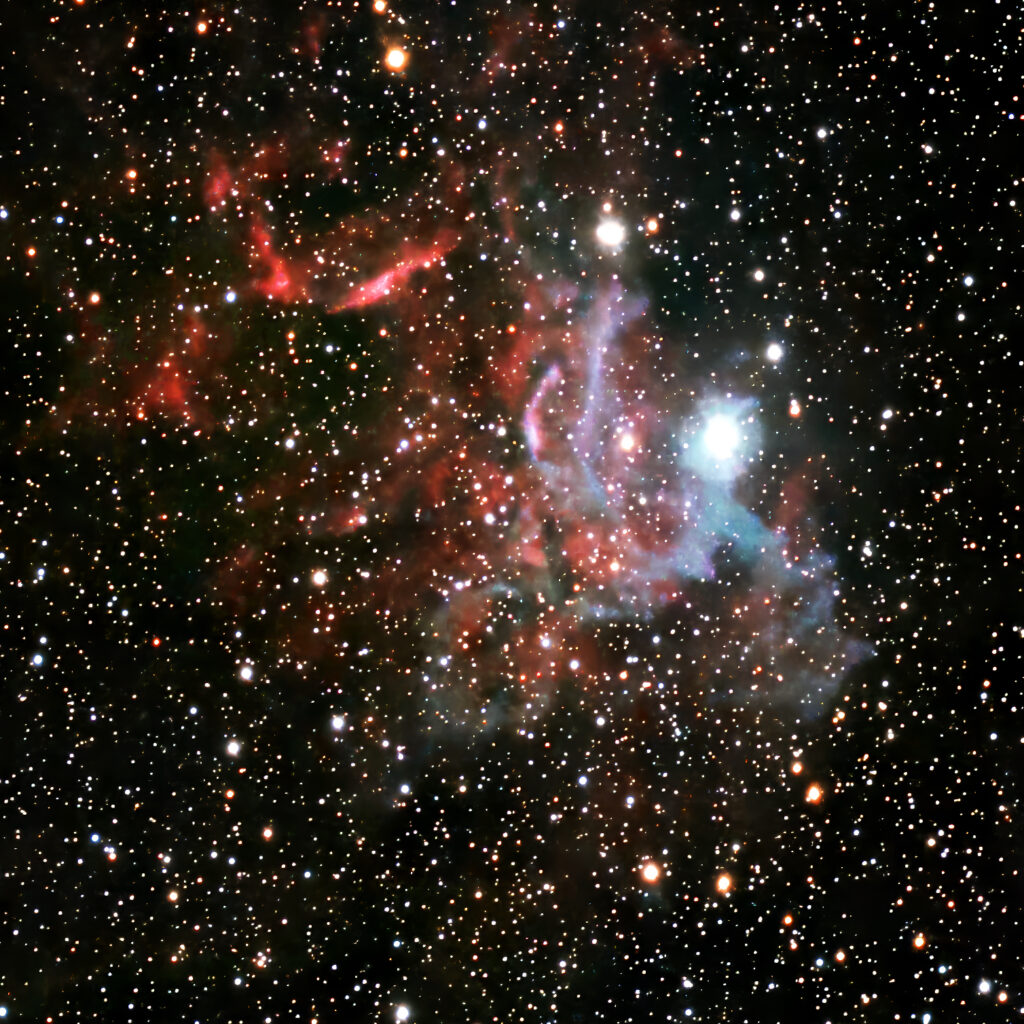
Figure 1 – The Flaming Star Nebula IC 405 in Auriga, (c) DE Wolf 2025
There is a second wonderful flame Nebula in the winter sky, the Flaming Star Nebula, or IC 405, located in the constellation Auriga, the Flaming Star Nebula is a fascinating cosmic laboratory that offers insight into the birth and death of stars.
Like the Flame Nebula it is an emission nebula and is located is an emission nebula located approximately 1,500 light-years from Earth. It is named for its fiery, star-like appearance, which is created by the intense radiation emitted from a massive star at the heart of the nebula. This is the fundamental characteristic of emission nebulae, an intense radiation source, ionizing gases and causing them to emit light.
Indeed, at the center of this nebula lies AE Aurigae, a hot, blue giant star. This star, which is responsible for illuminating the surrounding gas and dust, is around 2 million years old—relatively young in cosmic terms—and is part of a group of stars known as the Auriga OB1 association. The star’s radiation ionizes the surrounding hydrogen gas, causing it to glow in brilliant hues of red and blue, creating the nebula’s striking appearance.
In addition to the red glow of ionized hydrogen, the nebula also displays blue and green hues, which are a result of other elements like oxygen and sulfur being excited by the radiation. These elements release light at specific wavelengths, contributing to the nebula’s colorful appearance. The nebula’s intricate, wispy structures are often seen as filaments or tendrils of gas and dust, creating the illusion of a burning star surrounded by an ethereal cloud.
Like so many deep-sky objects the Flaming Star Nebula was discovered in 1827 by Sir John Herschel. It is likely however, that it was seen by other observers earlier.
This was one of the first objects, where I recognized the need for at least a 60 min 360 frame exposure with my Celestron Origin. That is becoming my standard MO, and probably as I move into summer I will try longer exposures still!. The words for me are “flame out.” I see in IC 405 a sense of birthday candles being blown out! It was a nebula that I was unfamiliar with and in that sense a birthday surprise.
